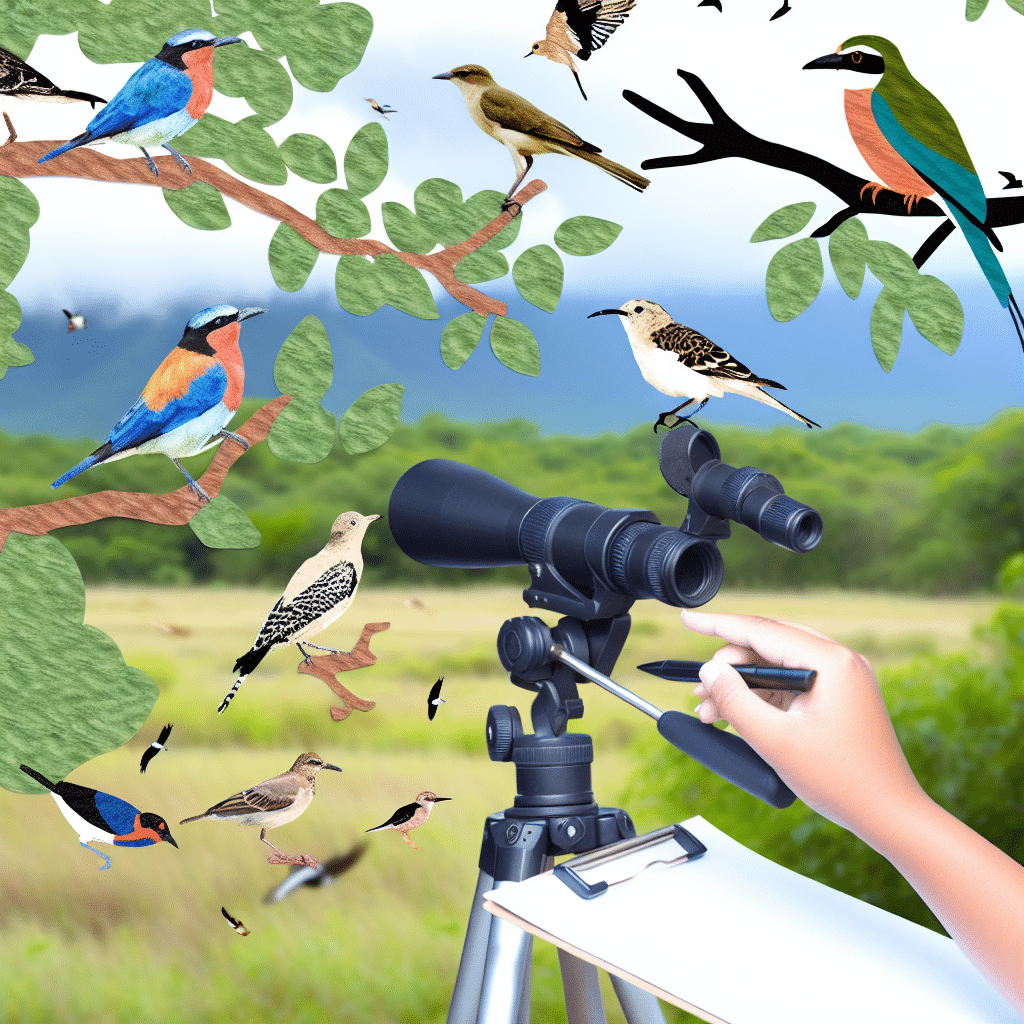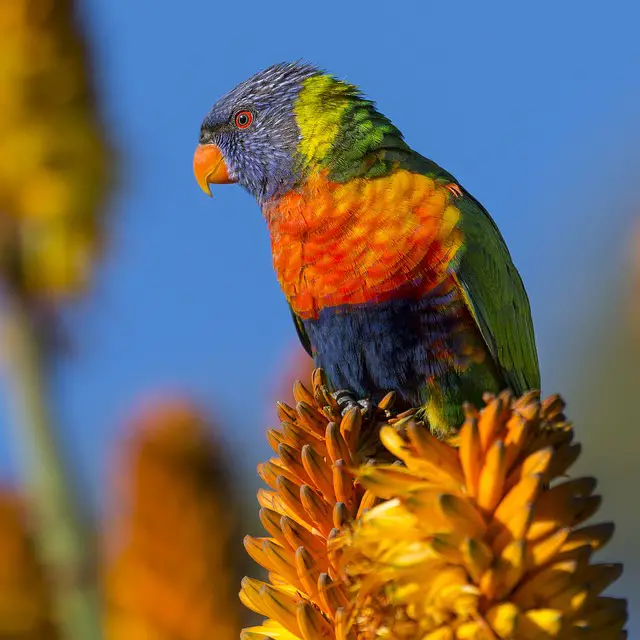Birdwatching is a thrilling and peaceful hobby that immerses you in the beauty of nature. Whether you’re a novice or a seasoned birder, having the right gear significantly enhances the experience. Among the must-have equipment, birdwatching scopes stand out as essential tools for spotting and identifying birds from a distance with clarity and precision. If you’re considering investing in a birdwatching scope, this article will guide you through the essentials, helping you make an informed decision.
What Are Birdwatching Scopes?
Birdwatching scopes, also known as spotting scopes, are specialized optical instruments designed for observing birds and other wildlife. Unlike binoculars, which are better suited for scanning large areas or following moving subjects, scopes are ideal for detailed, long-distance observation. A good birdwatching scope provides a powerful magnification range, usually between 15x to 60x, allowing birders to see intricate details of birds even when they are far away.
Key Features to Consider
When choosing a birdwatching scope, several factors come into play. Here are some critical features to consider:
1. **Magnification and Objective Lens Diameter**: Magnification determines how close the subject appears, while the objective lens diameter impacts the amount of light entering the scope. A common configuration is a 20-60x magnification with an 80mm objective lens, which offers a balance between clarity and brightness.
2. **Lens Coating**: High-quality scopes have multi-coated lenses that reduce glare and improve light transmission, resulting in clearer and brighter images.
3. **Build Quality and Weight**: Look for scopes constructed from durable materials like magnesium or polycarbonate. Waterproof and fog-proof features are crucial for outdoor use. However, bear in mind that a more robust build might add to the scope’s weight.
4. **Eye Relief**: This term refers to the distance at which your eye can see the entire field of view through the eyepiece. Adequate eye relief is essential for comfort, especially for eyeglass wearers.
5. **Tripods and Mounting**: Most scopes require a stable tripod for steady viewing. Ensure that the tripod is adjustable and sturdy to avoid vibrations that can blur your view.
Why Should You Invest in a Birdwatching Scope?
Birdwatching scopes offer several advantages that make them worthwhile investments for bird enthusiasts:
1. **Enhanced Detail and Magnification**: The primary advantage is the ability to observe birds in exceptional detail. This is particularly beneficial when trying to identify species with subtle differences.
2. **Distance Viewing**: Scopes allow you to observe birds without disturbing them, which is especially valuable for shy or rare species.
3. **Photography Opportunities**: Many modern scopes can be adapted for digiscoping, which involves attaching a camera to the scope for high-quality bird photography.
Top Tips for Using Birdwatching Scopes
Once you’ve selected the right scope, here are some tips to make the most of your birdwatching experience:
1. **Practice Steady Viewing**: Use your tripod effectively to ensure stability. If you’re using a high magnification setting, even minor vibrations can affect your view.
2. **Adjust Magnification Carefully**: Start with a lower magnification to locate the bird, then gradually increase it for more detail. High magnification can narrow the field of view, making it harder to find and follow birds.
3. **Maintain Your Equipment**: Clean your lenses regularly with a proper optical cleaning kit. Dust and dirt can degrade image quality over time.
What Makes a Good Birdwatching Scope?
When it comes to choosing the best birdwatching scope, the market offers a wide range of options. Here are some top recommendations based on specific needs:
1. **Best Value for Money**: The Nikon Prostaff 5 20-60x82mm offers a great balance of affordability and performance with multi-coated lenses and a waterproof design.
2. **Best for Beginners**: The Celestron Ultima 80 20-60x80mm is user-friendly, reasonably priced, and delivers clear images, making it ideal for those new to birdwatching.
3. **High-End Option**: The Swarovski ATX 25-60x85mm is a premium choice with exceptional optics, build quality, and versatility, perfect for serious birders who want the best.
Conclusion
Birdwatching scopes are invaluable tools that can significantly enrich your birding adventures. By understanding the key features and benefits, you can choose a scope that aligns with your needs and enhances your ability to observe birds in their natural habitat. Whether you’re looking for detailed views of distant birds, capturing stunning photographs, or simply enjoying the serenity of nature, a high-quality birdwatching scope is a worthy investment. So, the next time you head out into the wild, make sure your scope is by your side, ready to bring the avian world into sharp, magnificent focus.




